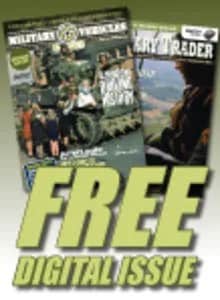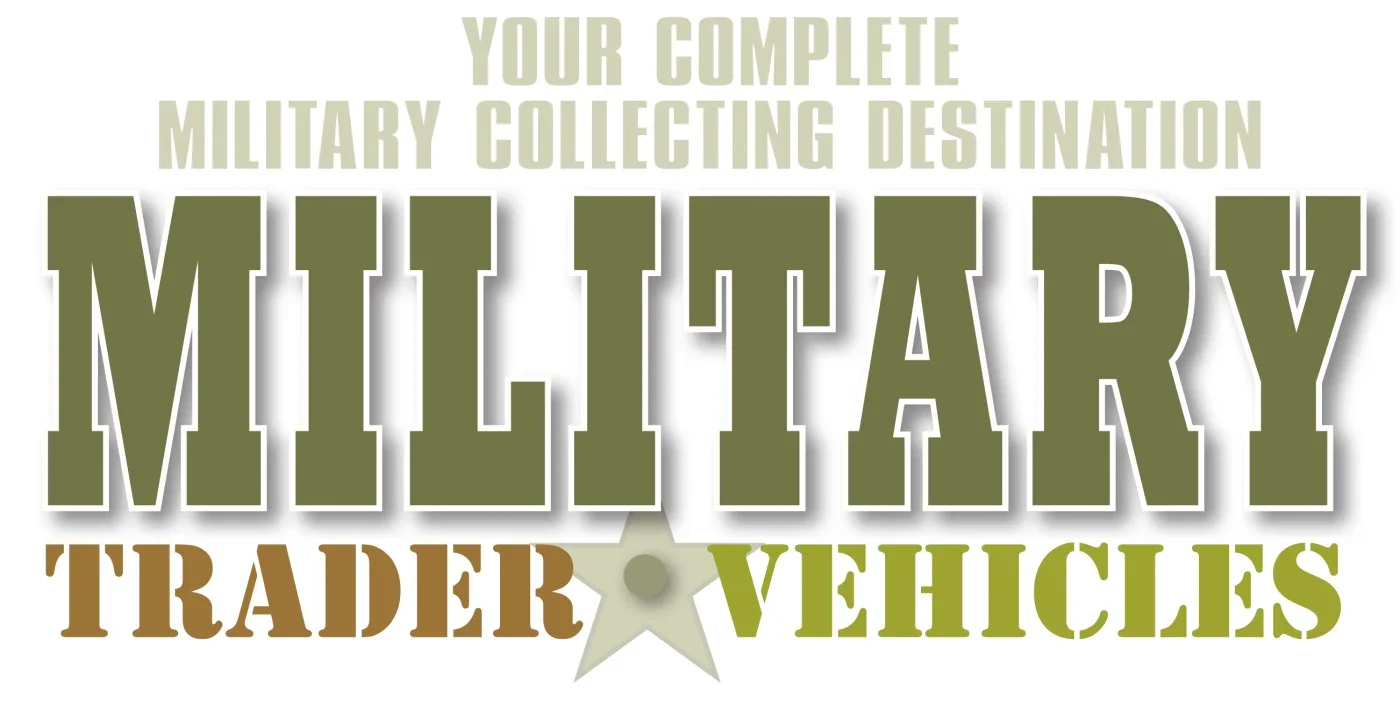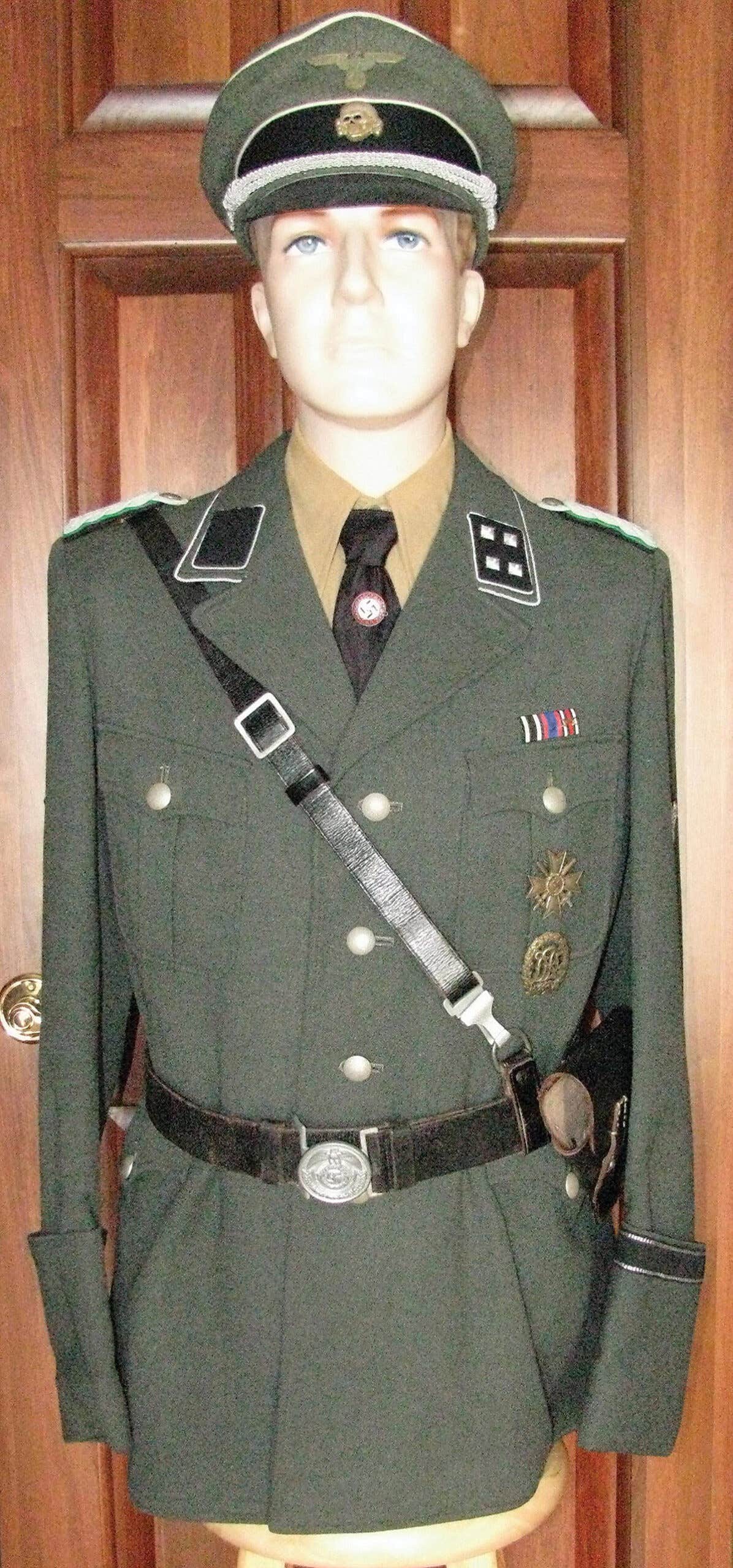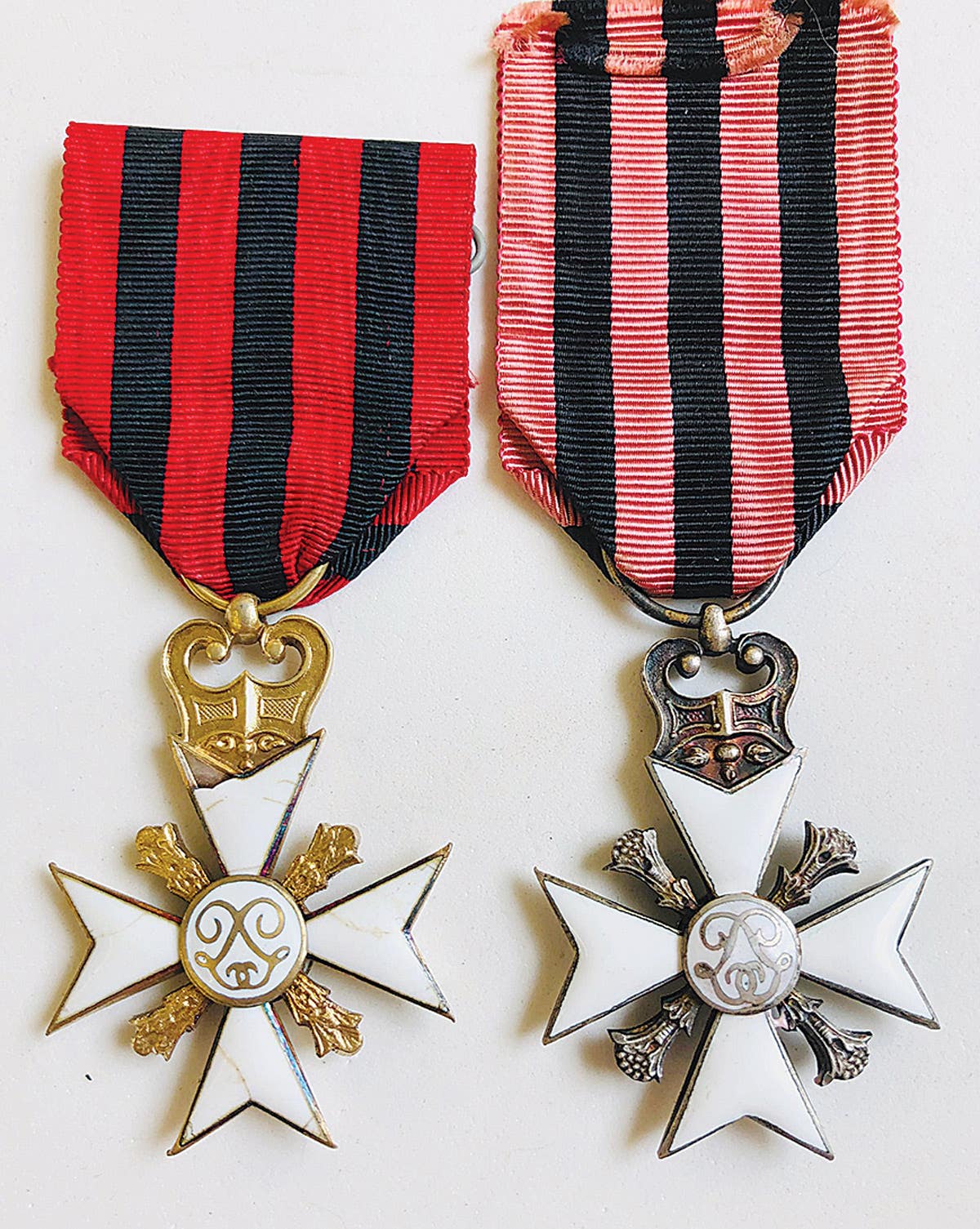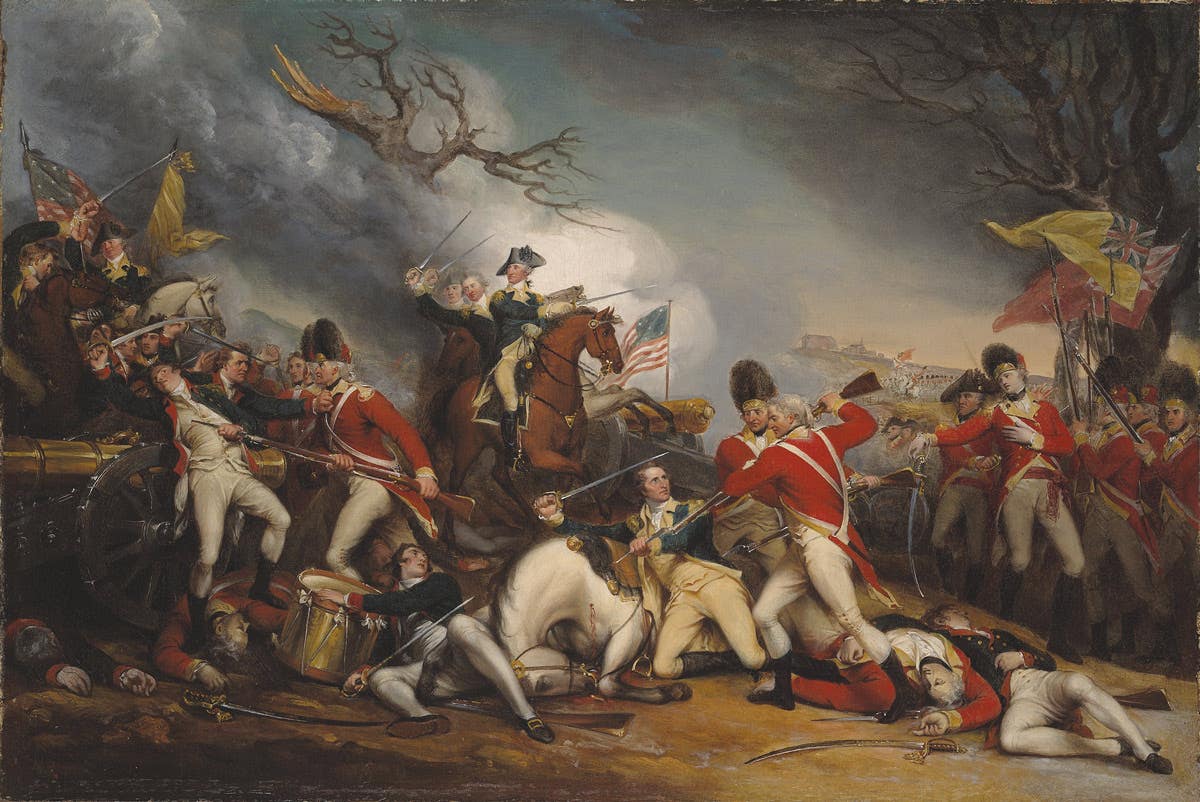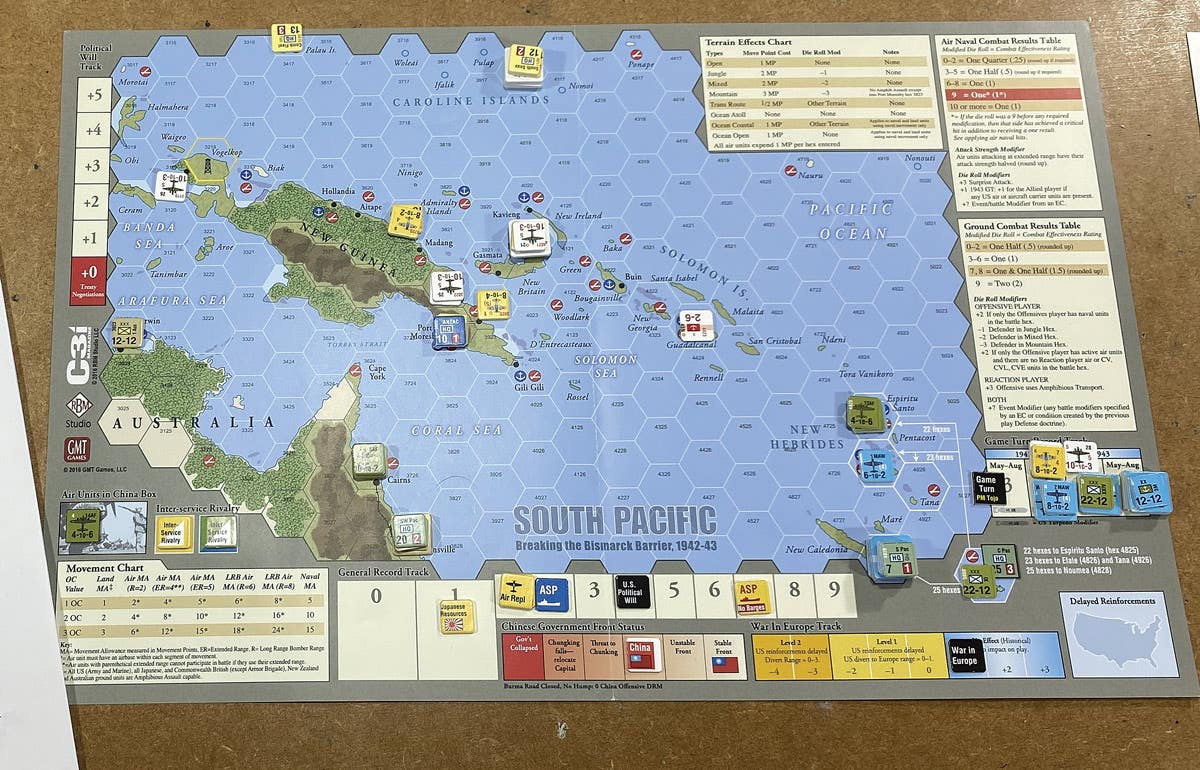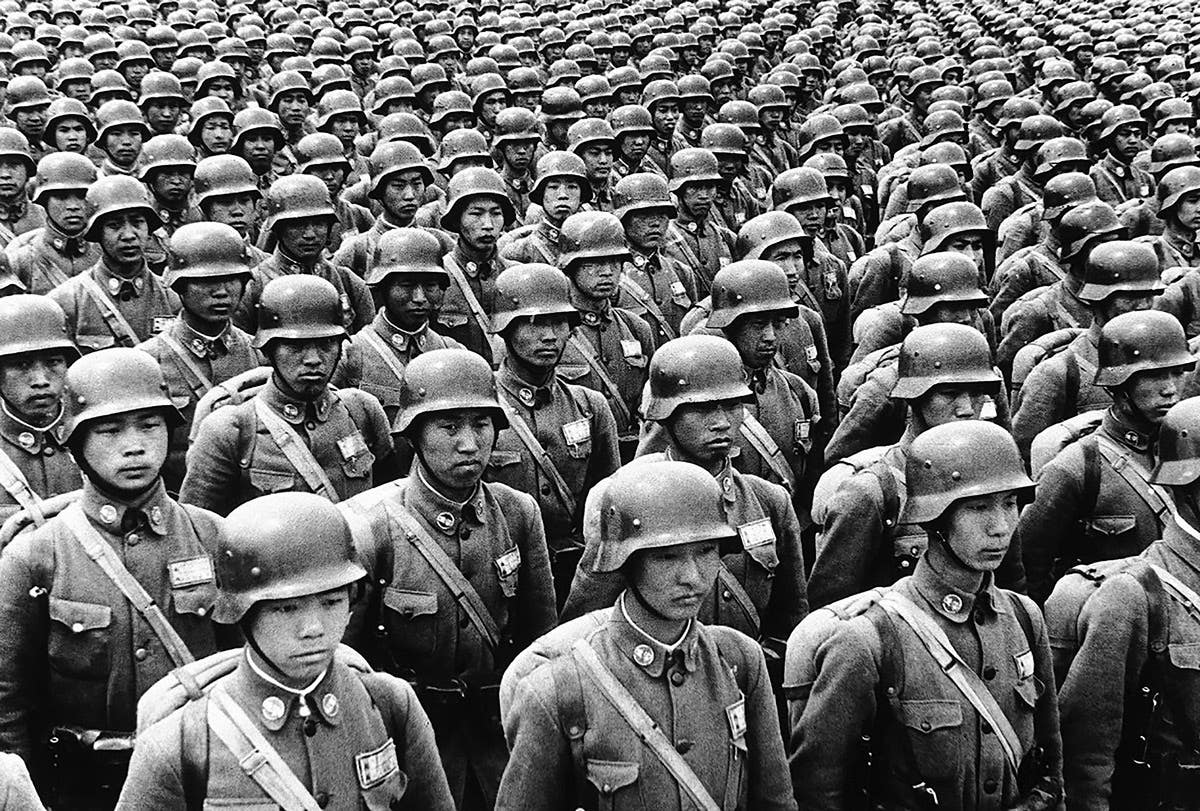WWI medal salutes
A look at unique and unusual U.S. medals from the First World War.
The issuance of military medals in the United States by geographical political entities for military service is not something new. Examples of medals issued by location can be found as early as the Civil War with examples from Ohio and West Virginia. Some medals were even issued by local entities for the Indian Wars, with examples from Minnesota and Nebraska among others.
By the time of the Spanish American War, medals were issued by many states, counties, cities, and towns as well as military units. As collectors well know, the preponderance of medals issued to returning veterans was for service in WWI. For collectors of these medals, two must publications are great resources: A Revised Comprehensive Listing of WWI Service Medals issued by States, Counties, Cities and Towns by Louis W. Small (1990); and State, County, City and Organization Medals for World War One, Third Revised Edition by Richard L. Planck (1995). The Planck publication notes 1,600-1,700 different such WWI medals for collecting appetites, and both Small and Planck concede that additional examples still may be found.
Following are a few of the examples of WWI U.S. medals with non-geographical origin.
Arthur Johnson Mfg. Company
A 35mm bronze and enamel cross of striking design. The most common version of the medal is that of a cross and wreath, with an eagle in the central medallion surrounded by a border with enameled flags of Allied nations with cross arms inscribed “VETERAN/1917/1918/WORLD/WAR”. Two of the examples are unnamed and for the purpose of this article considered a “generic version”. Two of the examples are also seen for specific geographical locations of the Homestead District, Pa., and the town of Southeast, N.Y. A collector spotting the obverse design at a military show should be sure to check the reverse being unnamed (generic) or named to one of six known geographical locations for this Arthur Johnson Company type. This type showed up recently for sale online with its unique enameled obverse but the reverse marked “presented to ___by local no. 1 I.R.T. Brotherhood -1919” showing that possibly many variations of the medal may yet be found.
David L. Burrows
Miscellaneous and generic
Many of WWI medals available to collectors are those of National/Local Organizations outside of geographical locations. One such type is that of a WWI Service medal for the International Order of Odd Fellows. Made by the W.M. Young Regalia Company, this example is that of a striking gold and enamel design also showing the flags of the Allied countries. The 32mm x 38mm blue bordered heart is inscribed “To Our Brave and Gallant Brothers –Allied Service”. Two additional WWI generic medals showing a dramatic battle scene and a Lady of Victory with a U.S. Army Shield. The reverses name the medal and show correct WWI service dates.
Whitehead & Hoag Co.
Another unique WWI design by Whitehead & Hoag Company for WWI Service is seen as a bronze cross pate with rays between the arms. The double raised border is inscribed “World War Service”. Imposed in the center is an eagle clutching laurel branches. Our first example of this W & H (type 36) medal is one issued by the American Insurance Union to a named employee who served in WWI. Interestingly enough the only four known examples of the design were issued to either companies or fraternal organizations. Two additional examples show one for the I.O.O.F (International Order of Odd Fellows) and one presented to members of the Court Amboy No. 58 Foresters of America who served during WWI.
Specific unit medals
Non-geographical WWI medals can show up for the collector in the form of those issued to members of specific military units for their service during WWI. Two classic examples are that of the U.S. Army Ambulance Service Association and the 88th Division. No indication of the maker is found on either medal, but exhibit unique designs for the collector. The United States Army Ambulance Service was one of the most unique outfits of WWI. First organized in the Spring of 1917, it was composed mostly of volunteers from various colleges and universities. Their service along the Western Front resulted in the largest percentage of casualties as well as a high percentage of decorations for bravery.
A second example of a military unit medal is that of the 88th Division, part of the National Army that was organized Sept. 1, 1917 at Camp Dodge, Ia. It was composed of men drafted from the states of Minnesota, Iowa, the Dakotas and Illinois. The unit played a prominent part in the Meuse-Argonne Offensive. An interesting note for the collector is that a generic WWI medal can be found for the National Army of the United States celebrating the first national draft of U.S. troops on Oct. 20, 1917.
Companies and labor organizations
Additional WWI medals often represent specific companies and labor organizations whose members served in the World War. Among them are medals from the International Brotherhood of Blacksmiths Drop Forgers and Helpers and the General Fire Extinguisher Company. The Blacksmith medal exhibits a bronze “War Service” brooch, while the General Fire Extinguisher Company shows the Statue of Liberty imposed on a world globe. In these two examples more detailed information of the correct name of each medal is seen on the reverse with confirming World War I dates 1917-1918.
Fraternal, patriotic or masonic organizations
Some unique WWI Service medals were issued by fraternal, patriotic or masonic organizations. Our examples include the Order of Independent Americans, The Fraternal Patriotic Americans and the Supreme Council Knights of Columbus. The Order of Independent Americans WWI Service medal shows a clearly masonic type enamel emblem and reference to service in WWI. The Fraternal Patriotic Americans medal also shows service in the American Expeditionary force in the period 1917-1918.
The Supreme Council Knights of Columbus was well known for establishing service centers for Catholic troops known as “K of C Huts”. The Knights of Columbus included over 100,000 members who served overseas in addition to clergy and war relief workers. Illustrated are reverse images of the same three medals. The “I of OA” medal’s reverse is named, the Order of Fraternal Patriotic Americans Service medal recognizes services in the World War with strong masonic symbols, and the Supreme Council of the Knights of Columbus reverse indicates war activities between 1914 and 1918.
Veterans groups
Examples of WWI Service Medals can be found for societies and veteran groups. The next two WWI service medals are that of the Sons of the American Revolution and the Disabled American Veterans. Both medals are unique to their organization. The Sons of the American Revolution medal was issued for member’s service during the conflict and is called a “World War Service Medal” within the organization. The obverse of the Sons of the American Revolution shows a four-arm double-pointed cross imposed on a circular brass medal with the dates of both the revolutionary war and the appropriate dates for WWI. An identical WWII marked medal was also issued. The Disabled American Veterans was created in 1920 that would help the 204,000 Americans in uniform who were wounded to help their families by various means. The obverse of the DAV medal is in the form of a five-point star imposed on a gold wreath and clearly shows the “World War” designation. The reverse of the Sons of the American Revolution shows the recipient’s name and clearly indicates WWI Service. The DAV reverse is plain, but the reverse of the slot brooch clearly indicates the Balfour Company maker mark.
Allied-colored ribbon medals
A few striking WWI medals share the common design element of their suspension ribbons sharing the colors of flags of all the participating Allies. The two examples shown honor United States participation in WWI with their unique designs displaying personages of WWI. They include the Pershing Peace Medal and a WWI medal honoring Washington, Lafayette, and Wilson. No information is available as to sponsoring agencies for each. It appears the Pershing medal celebrates peace and issued at the end of the War. For the second medal Wilson was president when the U.S. declared war in 1917. The reverse image of each medal WWI significance is determined by the 48 stars representing the 48 states that existed in the United States at the war’s conclusion and Washington, Lafayette, and Wilson reverse shows the date 1918, the year of the War’s end.
Collectors should be aware that a multitude of WWI issued medals and fobs were in circulation at the end of WWI. Examples abound in both design and purpose. The next six examples show a variety of designs reflecting different areas of World War service. Two examples in silver and bronze using a small rectangular red, white, and blue design indicate the number of family members who served during the war and often called Sons in Service or possibly Daughters in Service medals. The silver medal has an unmarked reverse and only the maker “Brooks & Turner, Rutherford” is found on the bronze version. The 3rd top row medal marked “USA” Clearly shows WWI Service possibly for Engineers and Medical personnel. Additional examples in the bottom row (L-R) were issued to returning Army & Navy personnel aboard the U.S.S. Huntington in 1919. The reverse carries the message “In memory of the Victory for World Democracy Nov. 11th 1918. The impressive World War Service medal with the winged Lady of Victory is clearly marked “World War” with appropriate 1917-1919 dates. The only reverse marking is the maker mark “Bastian Bros. Rochester, NY”. The final example shows an eagle mounting an anchor inscribed “U.S.N.” Naval images of ships on seen on the obverse. The Navy medal’s reverse is inscribed “In remembrance/of my life/in the/U.S. Navy” with the additional declaration “U.S./declares war/on German/April 6, 1917”. These six examples are only a few of the many WWI medals or fobs proudly worn or used by those who served.
Mystery medals
Even for experienced collectors, it can be difficult to identify WWI issued medals. Some just remain a mystery, including our last three examples: one marked “Council of World War Combat Veterans Association”, the second “America we love the Brave Boys” and a third labeled “National Defense League”. Each medal exhibits its own unique ribbon with the reverses exhibiting no additional information except maker information.
These are just a few of the examples in a vast universe of WWI medals for intrepid collectors to find.
Into medals? Here are a few more articles for your reading enjoyment.
David Burrows is a retired educator and life long military collector. He started collecting as a teenager. David was a physics teacher for 37 years with the Pittsburgh Public schools. He is a frequent contributor to Military Trader as well as the OMSA Journal. His other passion with British cars has resulted in many feature stories both in US publications as well as international publications over the last 30 years.
